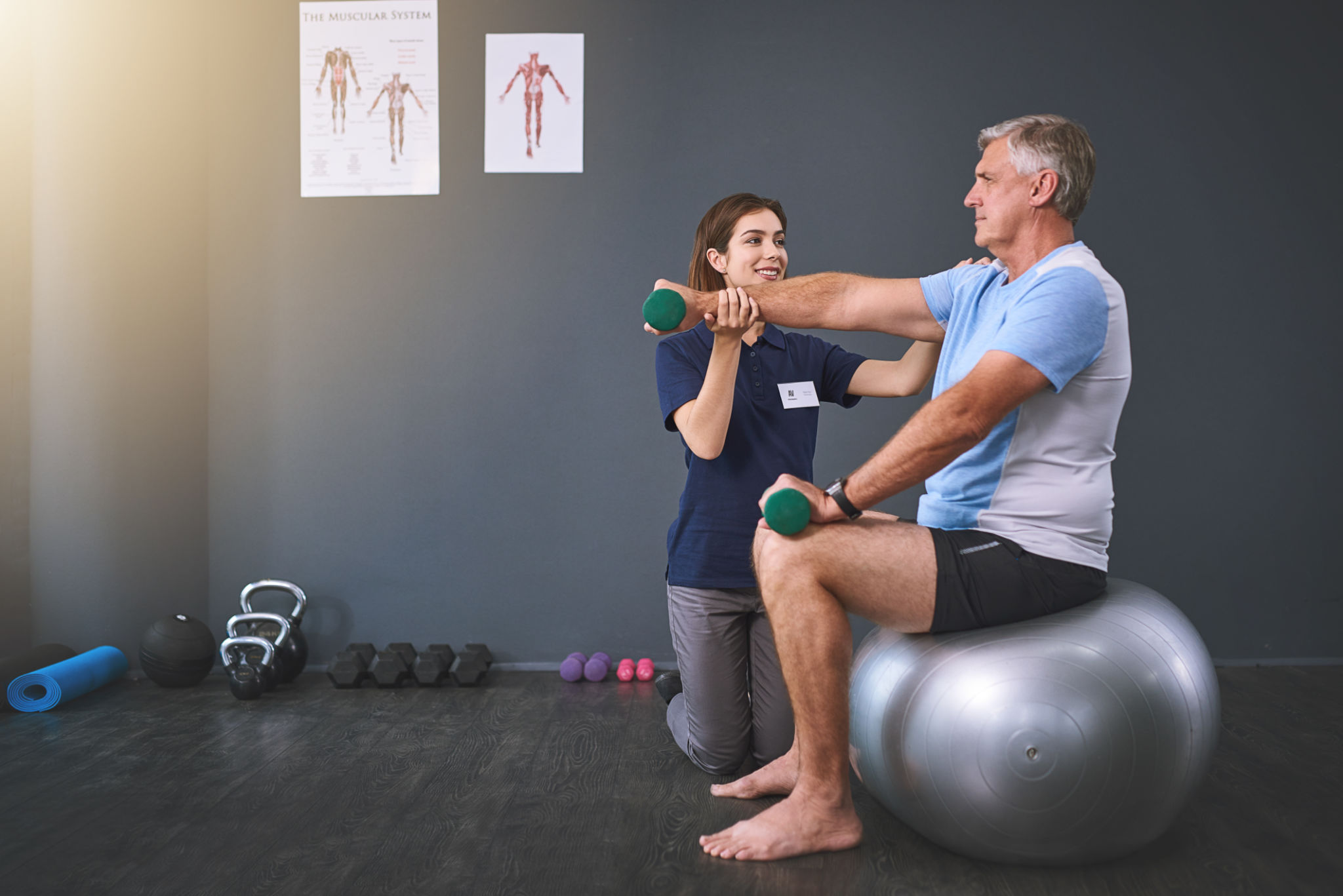How Physical Therapy Can Transform Your Chronic Pain Management
VN
Understanding Chronic Pain
Chronic pain is a condition that affects millions of people worldwide, often persisting for months or even years. Unlike acute pain, which serves as a warning signal for potential injury, chronic pain can linger long after the initial cause has healed. This type of pain can significantly impact daily activities, mental health, and overall quality of life.
Individuals dealing with chronic pain often seek various treatments to find relief. While medications and surgeries are common options, they may not always provide the desired outcomes. This is where physical therapy comes into play as a transformative approach to managing chronic pain effectively.

The Role of Physical Therapy in Pain Management
Physical therapy involves a range of techniques and exercises designed to improve mobility, strengthen muscles, and reduce pain. By targeting the root causes of pain, physical therapists can help patients manage their symptoms more effectively.
A personalized physical therapy plan typically includes exercises that focus on building strength, flexibility, and endurance. These exercises are tailored to the individual's specific needs and limitations, ensuring that the therapy is both safe and effective.
Benefits of Physical Therapy
There are several benefits to incorporating physical therapy into your chronic pain management plan:
- Non-Invasive Treatment: Physical therapy offers a non-invasive alternative to surgery and medication, minimizing potential side effects.
- Improved Mobility: Regular physical therapy sessions can enhance joint function and overall mobility, making daily tasks easier to perform.
- Pain Reduction: Techniques such as manual therapy and targeted exercises can help alleviate pain by addressing underlying issues.

Techniques Used in Physical Therapy
Physical therapists employ a variety of techniques to address chronic pain. These may include:
- Manual Therapy: Hands-on techniques that involve manipulating muscles and joints to improve function and reduce pain.
- Exercise Therapy: Structured exercises designed to improve strength, flexibility, and endurance.
- Heat and Cold Therapy: The application of heat or cold to reduce inflammation and soothe aching muscles.
Each technique is selected based on the patient's specific condition and needs, ensuring a comprehensive approach to pain management.
Integrating Physical Therapy into Daily Life
One of the key aspects of physical therapy is its focus on long-term management. Therapists often work with patients to develop a home exercise program that complements in-clinic sessions. This empowers individuals to take an active role in their own recovery and maintain their progress over time.

By consistently following a tailored physical therapy plan, patients can experience significant improvements in their pain levels and overall quality of life. This proactive approach helps individuals regain control over their bodies and reduce reliance on medications.
Conclusion
Incorporating physical therapy into your chronic pain management strategy can be a game-changer. It offers a holistic approach that addresses the root causes of pain while empowering individuals to take charge of their recovery. If you're struggling with chronic pain, consider consulting a licensed physical therapist to explore the benefits this transformative treatment can offer.
